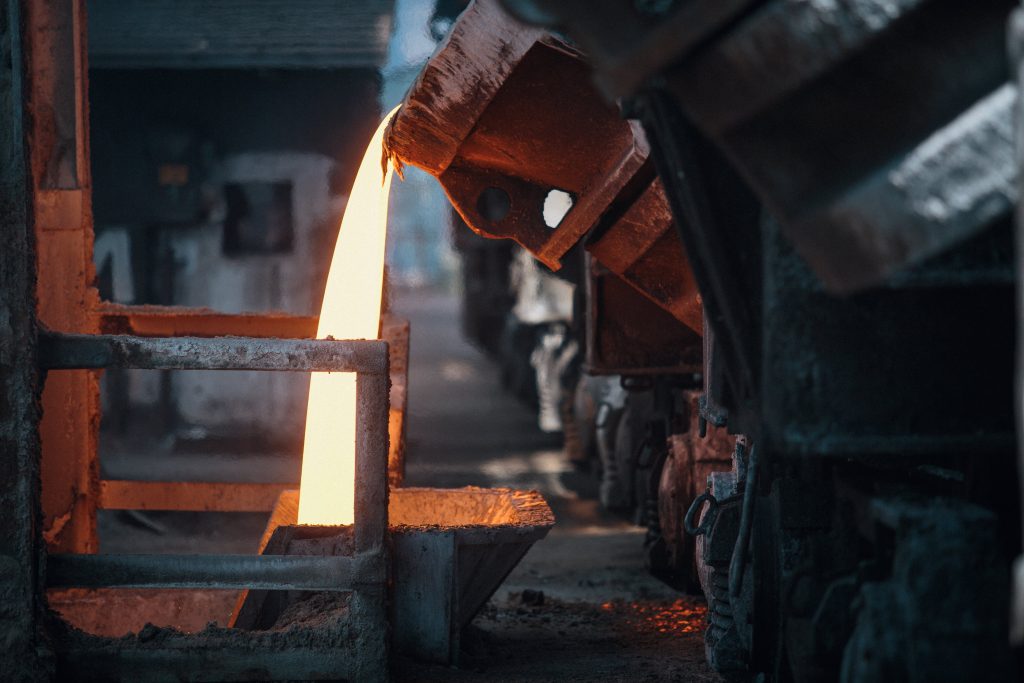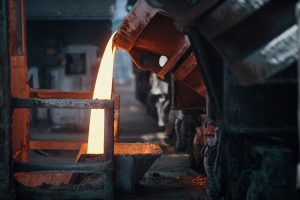Casting Deformation in the Casting Process
Casting deformation during the casting process is a common yet vexing issue, and it may arise from various reasons. Casting deformation refers to deviations in the casted part from the design specifications, particularly in terms of shape and dimensions. Below, we will explore some of the primary reasons that may lead to casting deformation.
1. Improper Casting Temperature Control:
The temperature of the casting metal is a crucial factor during the casting process. Inadequate control may lead to issues such as uneven solidification or premature solidification, resulting in casting deformation. Excessive temperatures can cause increased thermal stress, while too low temperatures may lead to incomplete mold filling.
2. Poor Design of the Pouring System:
The pouring system is a critical component responsible for directing molten metal into the casting mold cavity. A poorly designed pouring system may cause turbulence in the casting metal flow, leading to uneven filling and potential casting deformation. It’s essential to optimize the casting pouring system to ensure a smooth and controlled metal flow into the mold.
3. Issues with Casting Mold Design and Manufacturing:
The quality of casting mold design and manufacturing directly impacts the final quality of the casting. Improper casting mold design, insufficient manufacturing precision, or rough mold surfaces may contribute to casting deformation problems. Attention to detail in the casting mold design and manufacturing process is crucial for achieving accurate and defect-free castings.
4. Choice of Metal Alloy:
Different casting metal alloys have different coefficients of thermal expansion and solidification shrinkage rates. If the selected casting metal alloy does not match the design specifications, casting deformation may occur during the solidification process. Careful consideration of the casting metal alloy properties in relation to the intended design is essential to prevent casting deformation issues.
5. Improper Control of Cooling Rates:
Controlling the cooling rate of the casting metal solidification is crucial to avoid casting deformation. Rapid cooling may lead to increased internal stress, while slow cooling may result in uneven casting metal solidification. Precise control of cooling rates is essential to achieve the desired casting properties and minimize the risk of casting deformation.
6. Vibration and Casting Vibration Control:
During the casting process, vibrations may induce uneven stress in the casting metal flow, leading to casting deformation. Therefore, implementing effective casting vibration control measures is crucial. This may involve the use of damping materials or adjusting the casting process parameters to minimize the impact of vibrations on the final casting quality.
7. Casting Operator Skills and Experience:
The skills and experience of casting operators are crucial for ensuring the stability and accuracy of the casting process. Inexperienced casting operators may make errors in pouring or temperature control, leading to casting deformation issues. Continuous training and adherence to best practices can significantly contribute to minimizing casting deformation caused by human factors.


